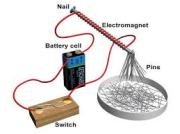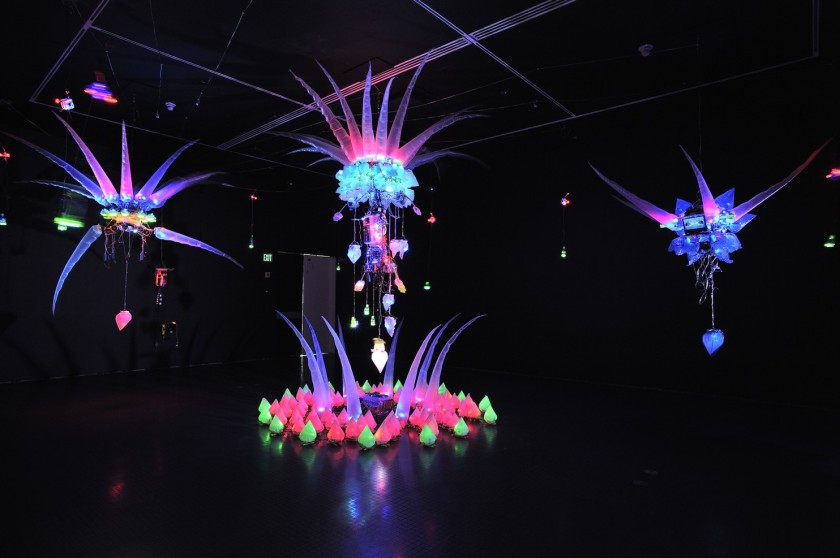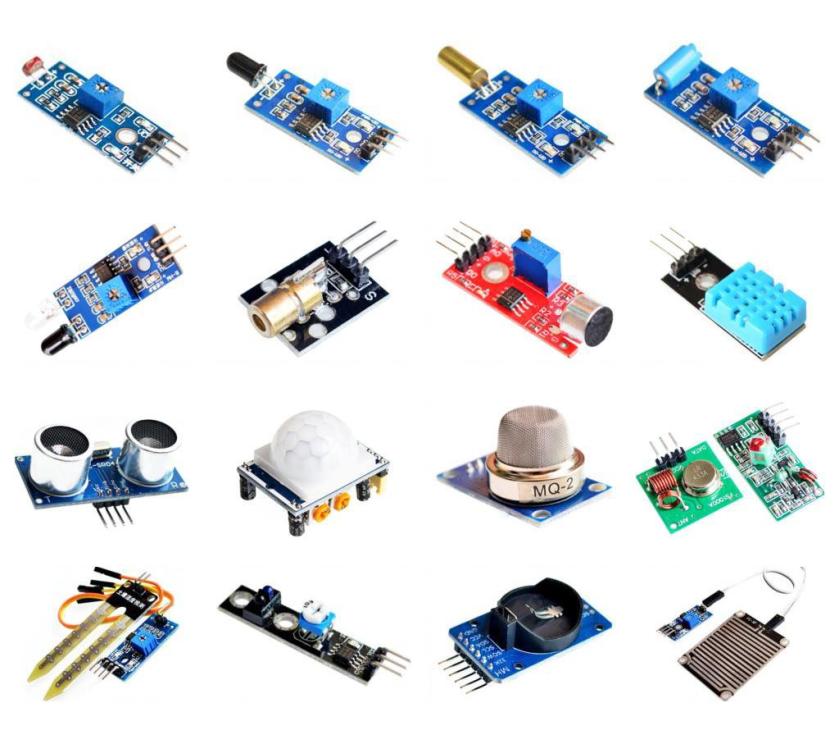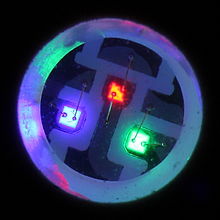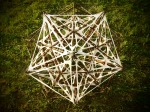In my research and experiments on sensing motion, I’ve come to discover there are many ways to sense motion, and it’s probably best not to use an actual ‘motion sensor’
The Theremin is an electronic instrument controlled without physical contact, thus it is a real world example of motion sensing parts taking input and giving an output. Take a look/ listen!
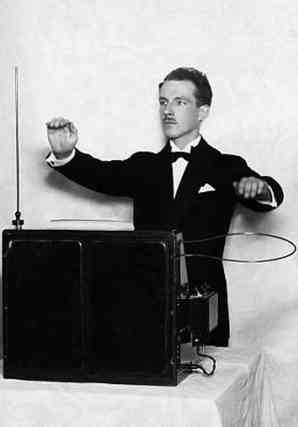
I was thinking touch capacitors would be best for a theremin but this Make tutorial uses a photo resistor and ultrasonic sensor.
Then WOAH there are “laser harp theremins”
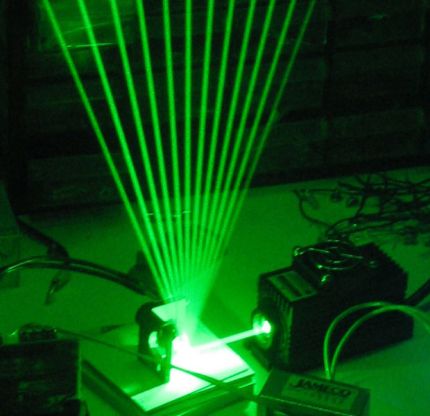
RFID – is also an option for sensing interaction/motion!
RFID is used to wirelessly identify something. RFID is about reading tags that have a small amount of information stored in them. They are super cheap and tags such as UHF RFID can be read from far away. Passive UHF allows objects to be read across the room, and battery-assisted-passive and active tags can be read across buildings!

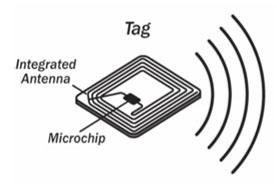
RFID will be important for the future of IOT(Internet of Things) systems. In the future every object may have a digital identity that rests in an ecosystem of identifiable objects by means of a prevalent network and mode of information exchange! how will this change the way we interact with the world??





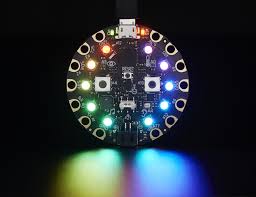
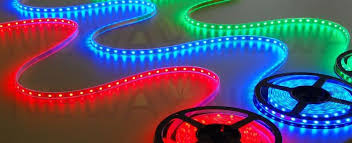

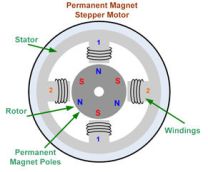 A stepper motor is a very magical motor. That is because it works through electromagnetism. The shaft of the motor is mounted with a series of copper coils and magnets. The copper coils are charged by an electric current in a sequence in order to activate and deactivate the magnets. These forces of attraction and repulsion work to spin the motor!
A stepper motor is a very magical motor. That is because it works through electromagnetism. The shaft of the motor is mounted with a series of copper coils and magnets. The copper coils are charged by an electric current in a sequence in order to activate and deactivate the magnets. These forces of attraction and repulsion work to spin the motor!